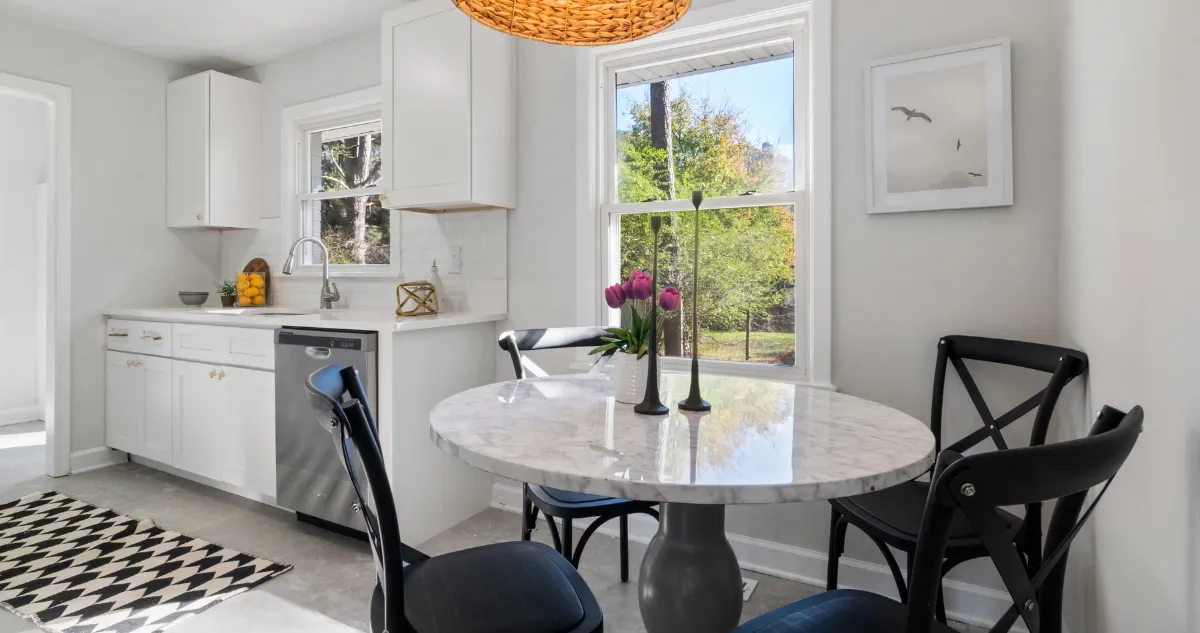
Maximizing Return on Investment with Minimal Property Upgrades
When investing in property, achieving the highest possible return on investment (ROI) is critical. But this doesn’t always require large-scale renovation projects. By strategically implementing minimal property upgrades, you can enhance property value effectively. This guide will walk you through understanding ROI in property investment and identifying impactful improvements that align with your goals.
For property owners and investors in Memphis and surrounding areas, small strategic improvements can make a big difference in profitability.
Understanding ROI in Property Investments
What Is Return on Investment (ROI)?
Return on Investment, or ROI, measures the gain or loss generated from an investment relative to its cost. For property owners, it’s a crucial metric that indicates the profitability of improvements made.
Importance of ROI for Property Owners
Understanding ROI helps property owners make informed decisions about upgrades that contribute to maximized profitability while minimizing unnecessary expenses. Learn how property management professionals assist in planning cost-effective strategies.
Assessing Your Property’s Potential
Analyzing Current Market Trends
Identifying trends in your local real estate market, such as popular features or desirable property characteristics, enables you to focus on upgrades that meet buyer demands effectively.
Identifying High-Impact Improvement Areas
Evaluating your property’s current condition helps pinpoint areas that, with improvement, can highly enhance its market value at a minimal cost.
Minimal Upgrades for Significant Gains
Cosmetic Enhancements That Add Value
Small adjustments, such as painting walls with neutral tones or replacing outdated fixtures, can transform spaces attractively without significant expenditure.
Energy-Efficient Modifications
Installing energy-saving appliances or improving insulation can add appeal and reduce utility costs for prospective tenants.
Functional Improvements to Maximize Usability
Modifications like rearranging a room for better layout options can significantly impact utility and aesthetic value.
Case Studies and Examples
Success Stories from Property Owners
Research and showcase examples of property owners who have gained substantial ROI through strategic upgrades, drawing lessons that can guide your endeavors.
Mistakes to Avoid
Identify common pitfalls, such as over-personalization or ignoring key structural concerns, to ensure your upgrades have the desired impact.
Evaluating Upgrade Costs Versus Potential Gains
Budgeting for Property Upgrades
Establish a detailed budget that aligns with both your financial capacity and the anticipated upgrade efforts to keep project cost-controlled.
Calculating Projected ROI
Use precise ROI formulas or consult evaluators to determine whether your planned upgrades will yield marginal, noticeable, or significant returns.
Conclusion
By focusing on well-thought-out property improvements, you can maximize your returns while keeping investments in check. Use these strategies to make smart, cost-effective decisions that elevate your property’s value.
To discuss your property needs or get personalized guidance, get in touch with our team today.
Key Takeaways
- Return on Investment (ROI) in property measures profitability relative to investment cost, crucial for informed decision-making.
- Analyzing local real estate market trends aids in identifying upgrades that align with buyer preferences.
- Minimal upgrades like cosmetic enhancements and energy-efficient modifications can significantly increase property value.
- Budgeting and calculating projected ROI ensure upgrades are cost-effective and aligned with financial goals.
- Case studies highlight the importance of strategic improvements and avoiding common pitfalls in property investments.
Maximizing ROI with Minimal Property Upgrades
What is Return on Investment (ROI) in property upgrades?
ROI measures the efficiency of an investment, calculated as the gain relative to the cost. In property upgrades, it reflects how improvements increase the property’s value compared to the expenditure.
Which minor enhancements can significantly boost a property’s value?
Cosmetic changes such as painting walls, updating fixtures, and landscaping, as well as enhancing energy efficiency, can notably increase property appeal and market value without substantial investment.
How do energy-efficient modifications impact ROI in property investments?
Energy-efficient upgrades reduce utility bills, making properties more appealing to buyers or tenants, thereby enhancing value and ROI.
Why is understanding market trends important before making property upgrades?
Identifying prevailing market preferences ensures that the upgrades align with buyer demands, enhancing desirability and return potential.
What are common mistakes to avoid in property upgrades?
Over-customizing spaces, ignoring structural issues, or exceeding the budget can hinder potential ROI and property appeal.